As shopping habits shift and supply chains evolve, some familiar grocery items are becoming harder to find—especially in suburban stores. From nostalgic snacks to once-popular frozen meals, certain products are quietly disappearing from the shelves, often without much fanfare. Whether it’s due to waning demand, production cuts, or changing consumer preferences, these vanishing foods reflect a broader transformation in how—and what—we eat. In this article, we spotlight 15 foods that are slowly fading away from suburban grocery aisles, giving shoppers a glimpse into what might soon become hard-to-find or gone for good.
1. Powdered Drink Mixes
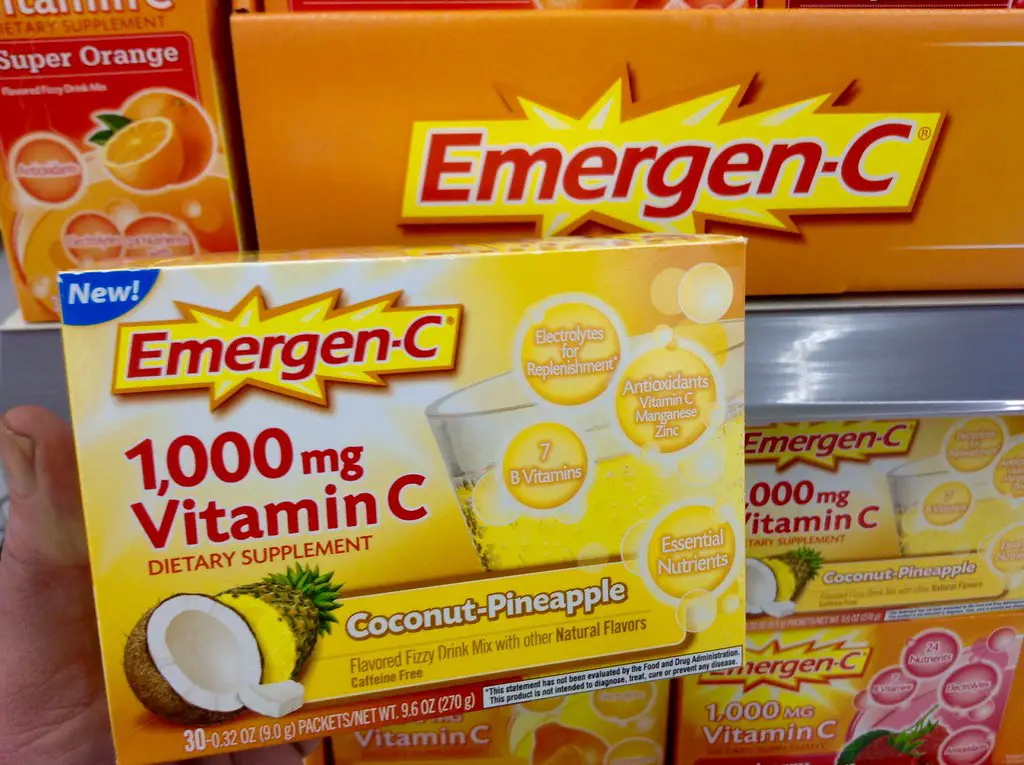
Powdered drink mixes, once a household favorite for making quick beverages, are steadily losing their place in modern pantries. These products often contain high levels of artificial colors, flavors, and sweeteners, which have fallen out of favor with today’s health-conscious consumers. According to a Food Navigator, millennials and Gen Z are shifting toward beverages that are organic, cold-pressed, or made with natural ingredients. Powdered mixes like lemonade, fruit punch, and sports drinks are being replaced by ready-to-drink options made with real fruit juice and fewer additives.
Environmental concerns are also playing a role, as powdered mixes often come in single-use plastic packaging, which is being phased out in favor of sustainable alternatives. Meanwhile, functional beverages infused with vitamins, probiotics, or adaptogens are surging in popularity, leaving powdered mixes struggling to compete. The shift away from artificial ingredients is pushing brands to either reformulate or lose relevance entirely.
2. Boxed Cake Mixes
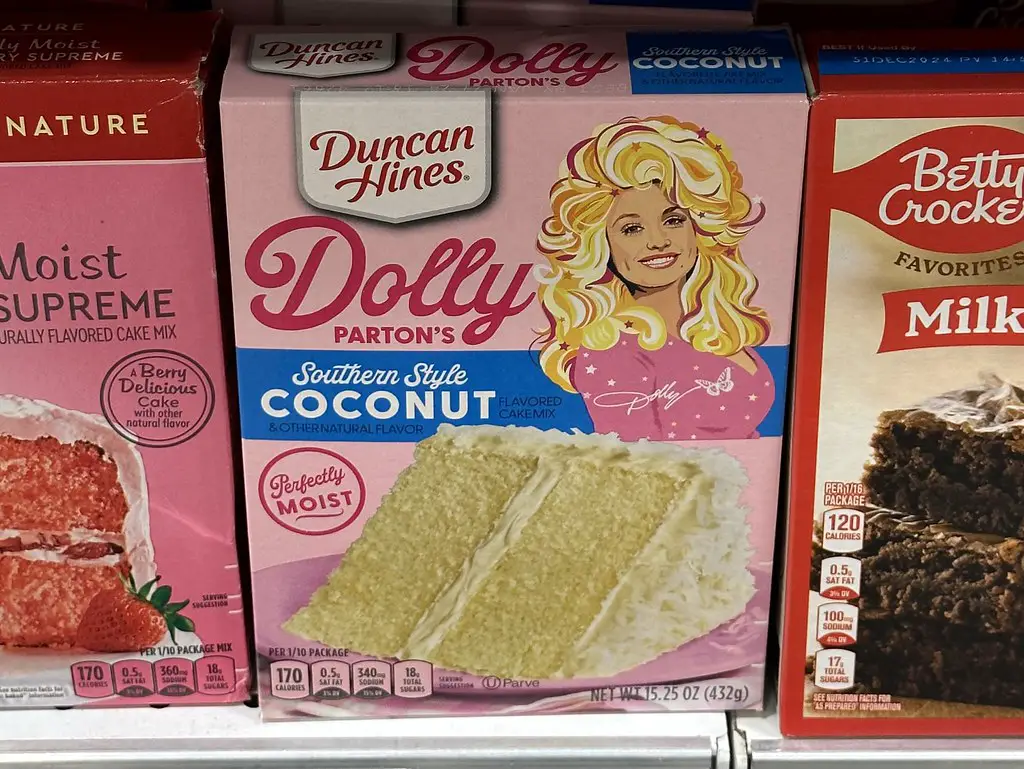
Boxed cake mixes are rapidly becoming a thing of the past, as more home bakers turn to scratch baking and cleaner ingredient options. Many cake mixes rely on additives, preservatives, and artificial flavors to achieve their long shelf lives, which no longer align with the demand for natural foods. According to Taste of Home, social media platforms like TikTok and Instagram have sparked a renewed interest in homemade baking, with influencers sharing easy recipes that rival boxed mix convenience.
Brands that once dominated the baking aisle are seeing a decline in sales as consumers prioritize fresh, wholesome ingredients they can trust. Another factor contributing to the decline of boxed cake mixes is the growing availability of high-quality, ready-made desserts from bakeries and grocery stores. The perception that baking from scratch offers better flavor and fewer processed ingredients is further encouraging the trend.
3. Margarine
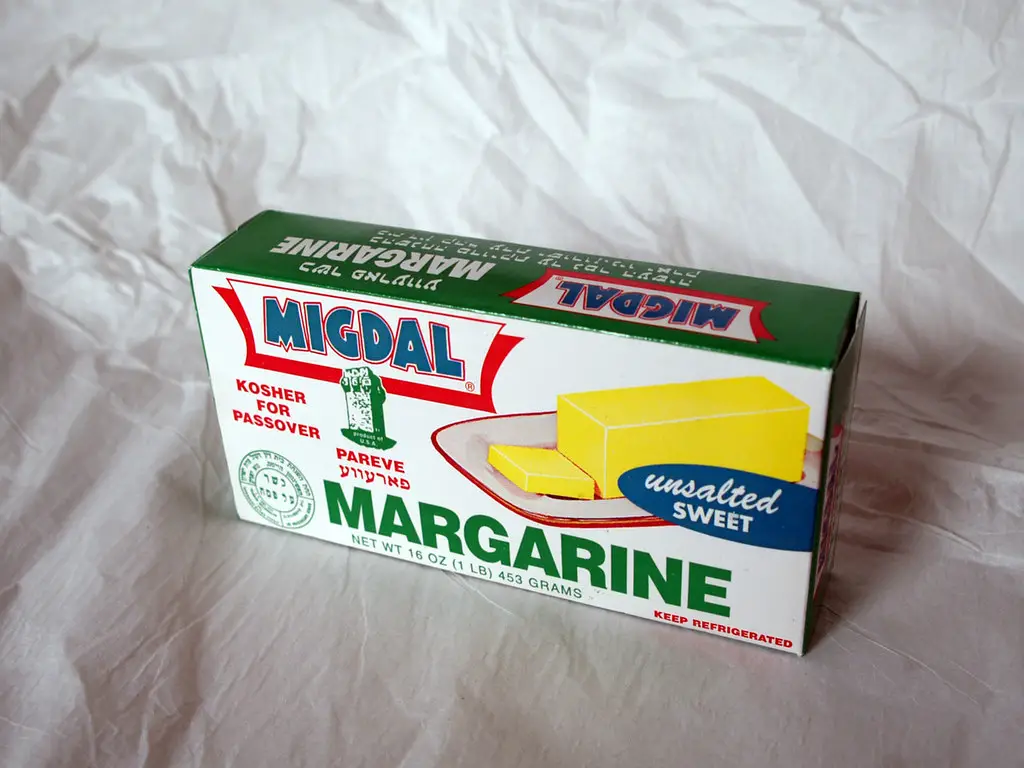
Margarine, once a staple of American households, is steadily disappearing as people turn to healthier alternatives like butter, ghee, and plant-based spreads. According to the Mayo Clinic, margarine’s reputation has suffered due to its association with trans fats and highly processed oils, which have been linked to cardiovascular disease. While many modern margarines have been reformulated to eliminate trans fats, consumers remain wary of their artificial ingredients and long ingredient lists.
Meanwhile, the demand for minimally processed foods is driving a return to traditional options like grass-fed butter, which is praised for its natural flavor and potential health benefits. Plant-based butter alternatives, made from ingredients like cashews, coconut, or avocado, are also gaining popularity due to their cleaner labels and environmental sustainability. Furthermore, margarine has struggled to shed its reputation as a cheap substitute for butter, making it less appealing to today’s food-conscious shoppers.
4. Gelatin Desserts

Once a staple of 20th-century kitchens and potluck tables, gelatin desserts—especially flavored varieties like lime, black cherry, and strawberry banana—are quietly disappearing from grocery store shelves. While the classic Jell-O brand still holds nostalgic value for many, sales have dwindled as younger generations turn to snacks with more perceived health benefits or artisanal appeal, according to Fortune.
Additionally, the shift away from elaborate, molded desserts—once a hallmark of 1950s and ’60s home entertaining—has left many gelatin products without a clear purpose in modern kitchens. The time and effort required to prepare layered gelatin salads or whimsical Jell-O molds no longer appeals to busy families or younger shoppers with minimalist cooking habits. Even sugar-free versions aren’t gaining much traction in the health-conscious market, which increasingly prioritizes whole foods and clean ingredients.
5. TV Dinners

TV dinners were revolutionary when they hit the market in the 1950s—promising convenience, variety, and a futuristic approach to mealtime. But today, many of the classic varieties, especially heavier options like Salisbury steak, meatloaf, and turkey with gravy, are slowly being phased out, says Mashed. These meals, long associated with high sodium, preservatives, and processed ingredients, have fallen out of favor in an era that values clean eating and transparency.
In suburban grocery stores, freezer space is increasingly devoted to elevated ready-to-eat meals from trendy brands that emphasize organic ingredients, international flavors, or low-carb, keto, and gluten-free labels. The old-school aluminum-tray TV dinner doesn’t align with these newer preferences, especially as families seek out fresh meal kits or restaurant-style delivery instead of microwave-ready meals.
6. Instant Gravy Packets
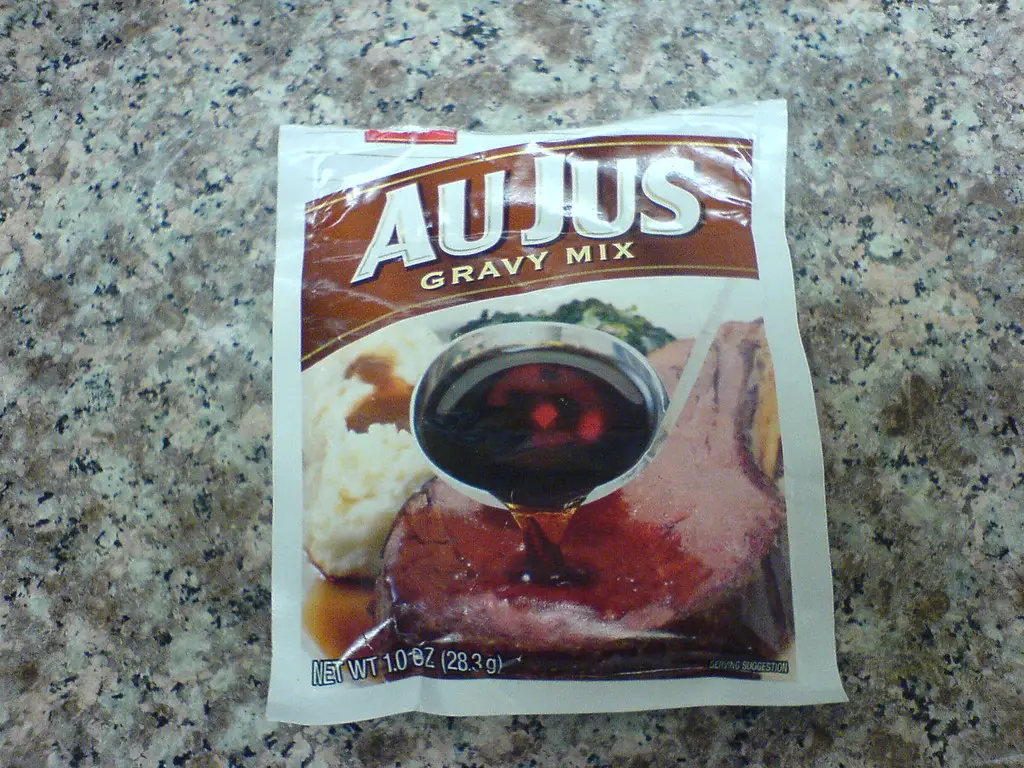
Instant gravy packets, once a kitchen shortcut for busy families, are quickly falling out of favor. These packets often contain high levels of sodium, artificial thickeners, and preservatives, which do not align with current health trends. More consumers are opting to make gravy from scratch using fresh ingredients, which is seen as both healthier and more flavorful. Additionally, the rise of pre-made, fresh gravies sold in refrigerated sections of grocery stores has further diminished the need for powdered alternatives.
As home cooking becomes more focused on quality and customization, instant gravy packets feel outdated and overly processed. Social media cooking tutorials have also made scratch gravy preparation more accessible, inspiring a new generation of cooks to move away from convenience packets. Furthermore, the limited flavor profiles offered by instant gravy brands fail to cater to the diverse tastes of modern households. With consumers prioritizing freshness, simplicity, and health, it’s no surprise that instant gravy packets are losing their place in pantries.
7. Canned Fruit Cocktail
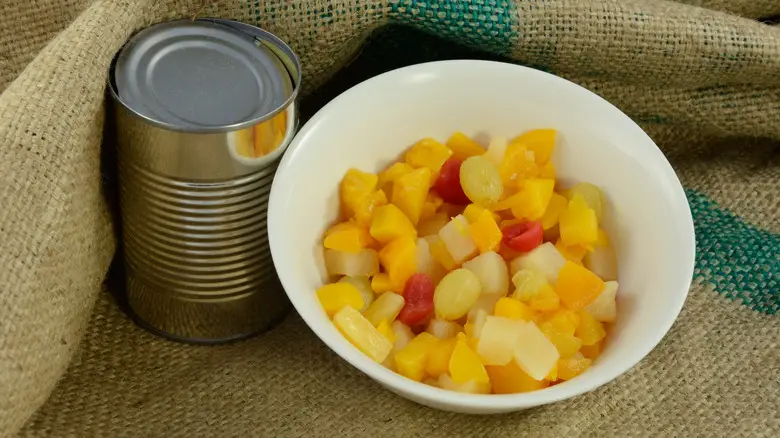
Canned fruit cocktail, a nostalgic staple of mid-century pantries, is rapidly losing its appeal. These sugary, syrup-soaked mixes of peaches, pears, and cherries are increasingly seen as unhealthy and unappealing. Many consumers are choosing fresh or frozen fruits, which offer superior flavor and nutrition without added sugars or preservatives. The rise of pre-cut fresh fruit mixes available in supermarkets has further displaced the need for canned alternatives. Additionally, environmental concerns about aluminum packaging are prompting shoppers to reduce their reliance on canned goods.
Fruit cocktail’s association with outdated dessert recipes and cafeteria lunches also contributes to its waning popularity. As modern diets emphasize fresh, natural ingredients, fruit cocktail is being replaced by healthier, more versatile options. Meanwhile, innovative recipes featuring exotic fruits like dragon fruit, passion fruit, and lychee have made traditional fruit cocktail feel dull and uninspired. By 2025, it’s likely that this once-beloved pantry item will be relegated to history.
8. Corn Syrup
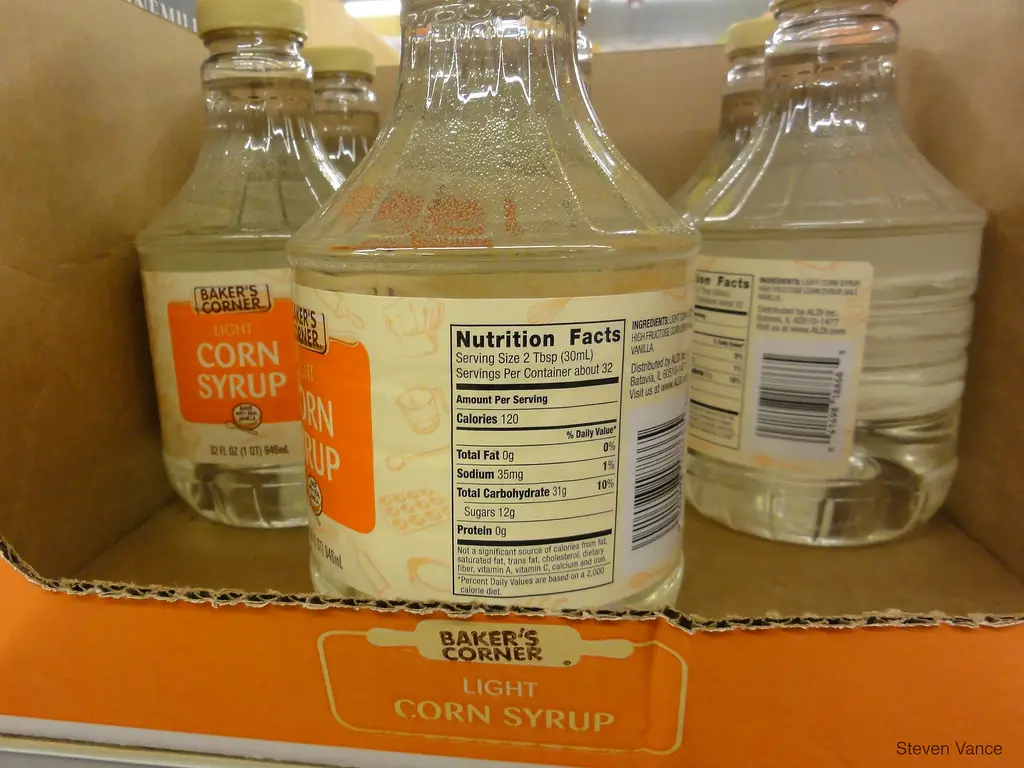
Corn syrup, a common ingredient in processed foods and baking, is facing a steep decline in popularity. As consumers grow more health-conscious, the high fructose content and links to obesity have led many to seek alternatives. Natural sweeteners like honey, maple syrup, and coconut sugar are becoming preferred choices due to their lower glycemic indexes and perceived health benefits. Additionally, the clean eating movement has placed an emphasis on avoiding overly processed ingredients, further pushing corn syrup out of favor.
Even in commercial baking, brands are replacing corn syrup with healthier, plant-based sweeteners to meet consumer demand. Concerns about genetically modified corn, which is often used to produce corn syrup, have also contributed to its decline. As consumers prioritize transparency and quality in their ingredients, corn syrup is being phased out in favor of more wholesome options.
9. Processed Cheese Slices
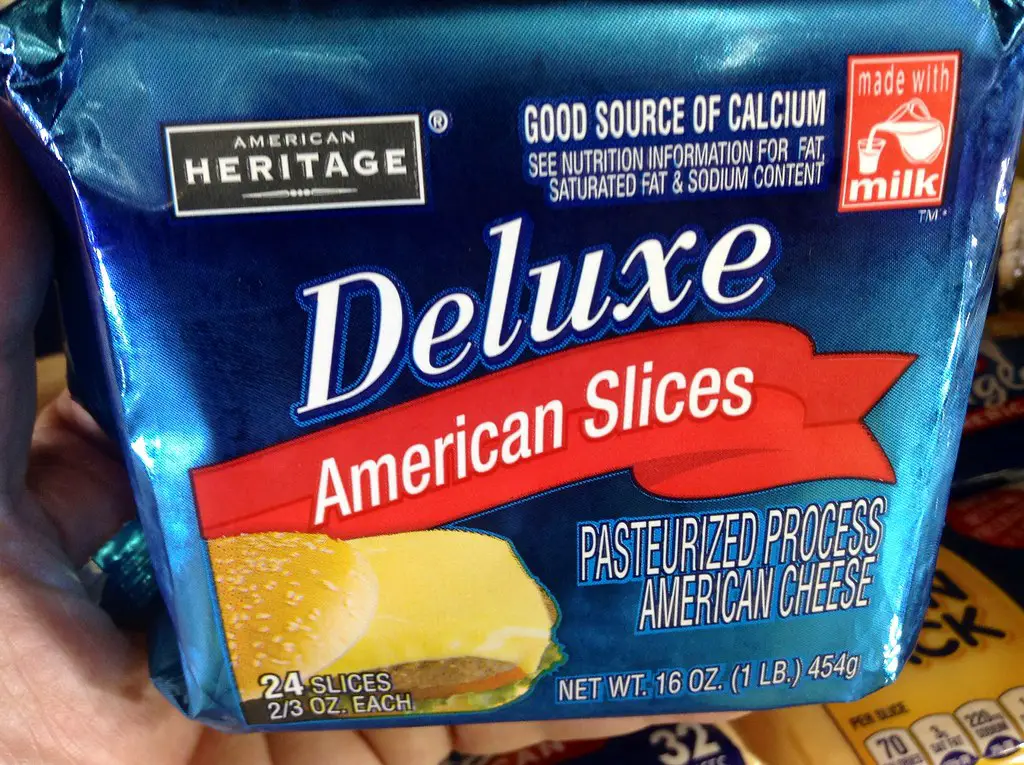
Processed cheese slices, often associated with quick sandwiches and childhood lunches, are steadily vanishing from pantry shelves. These cheese products, made with additives and emulsifiers, no longer align with the modern preference for natural and artisanal foods. Gourmet cheeses made from high-quality milk and aged to perfection are replacing their processed counterparts.
Younger generations, in particular, are driving the demand for fresh, flavorful cheeses that reflect culinary sophistication. The rise of plant-based cheese alternatives is also eroding the market share of processed slices, offering a vegan option that appeals to environmentally conscious consumers. As food culture becomes more refined and focused on authenticity, processed cheese slices are seen as outdated and overly artificial. By the end of 2025, these slices may only remain in the most nostalgic households.
10. Artificial Sweeteners
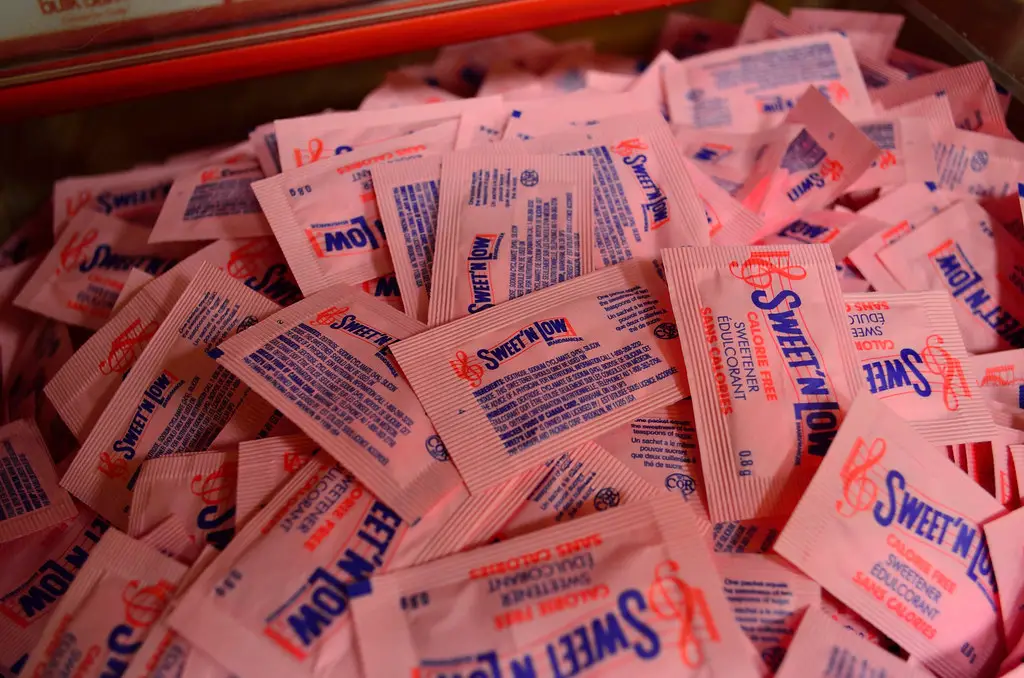
Artificial sweeteners like aspartame, saccharin, and sucralose are falling out of favor as more consumers turn to natural alternatives. Growing concerns about their potential long-term health effects and links to metabolic issues have caused a decline in their popularity. In their place, natural sweeteners like stevia, monk fruit, and agave syrup are gaining traction.
Many food companies are reformulating products to exclude artificial sweeteners altogether. Additionally, the trend toward clean eating has encouraged consumers to avoid overly processed ingredients. With an increased focus on holistic health, pantry staples are shifting toward simpler, more recognizable ingredients. As this trend continues, expect to see fewer brightly colored packets of artificial sweeteners in kitchens and cafés alike.
11. Canned Soups
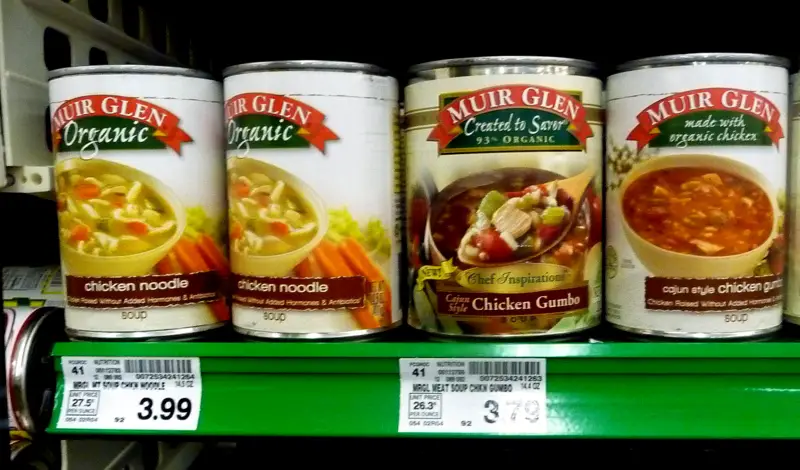
Canned soups, once a pantry go-to, are rapidly losing ground to fresher, healthier options. Many brands are being criticized for their high sodium content, artificial preservatives, and lack of quality ingredients. Younger generations are opting for alternatives such as fresh or frozen soups, which are perceived as healthier and more flavorful.
In addition, the rise of meal delivery services and ready-to-eat fresh options have made canned soups feel outdated. Eco-conscious consumers are also turning away from canned goods due to the environmental impact of metal packaging. As these shifts occur, brands are struggling to maintain relevance, and canned soups may soon vanish from most households.
12. Hydrogenated Oils
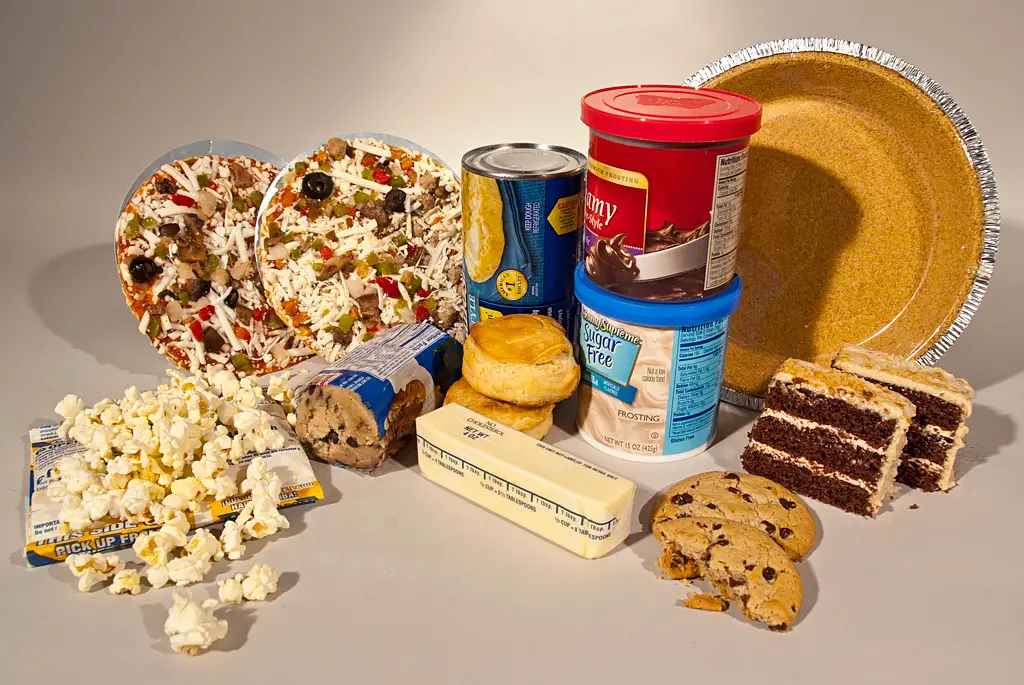
Hydrogenated oils, once a common ingredient in baked goods and processed foods, are steadily disappearing due to health concerns. The FDA officially banned partially hydrogenated oils in the U.S. in 2018, and since then, manufacturers have been phasing out products containing these trans fats. By 2025, it’s expected that fully hydrogenated oils will also face significant scrutiny.
Trans fats are linked to heart disease and other chronic illnesses, prompting both regulators and consumers to demand healthier alternatives. Popular replacements include coconut oil, avocado oil, and high-oleic sunflower oil, all of which are praised for their health benefits and versatility. As the shift continues, hydrogenated oils are becoming relics of a bygone era.
13. Pre-Packaged Salad Dressings
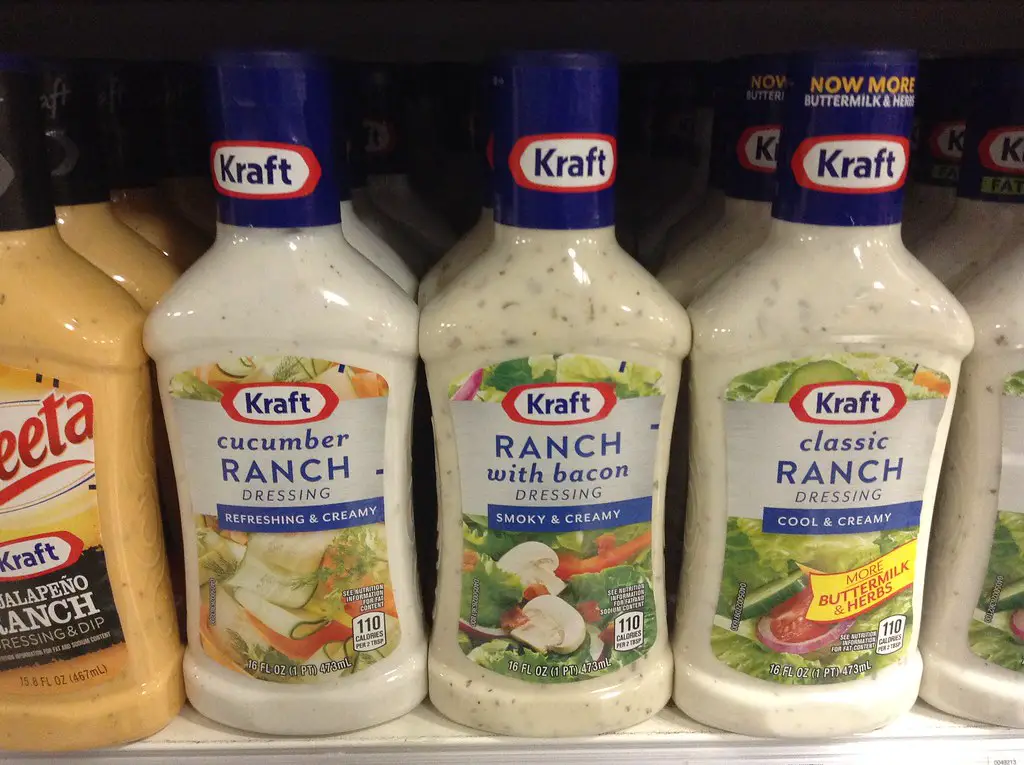
Store-bought salad dressings are facing a decline as more people opt to make their own at home. Homemade dressings are not only healthier but also allow for greater customization, making them an appealing choice for health-conscious individuals. Many pre-packaged salad dressings contain additives, preservatives, and high levels of sugar or sodium, which no longer align with modern dietary preferences.
Additionally, consumers are becoming wary of plastic packaging and are turning to more eco-friendly solutions. With a surge in online recipes and social media tutorials for DIY dressings, store shelves are gradually seeing fewer salad dressing bottles, and homemade options are becoming the new norm.
14. Instant Noodles
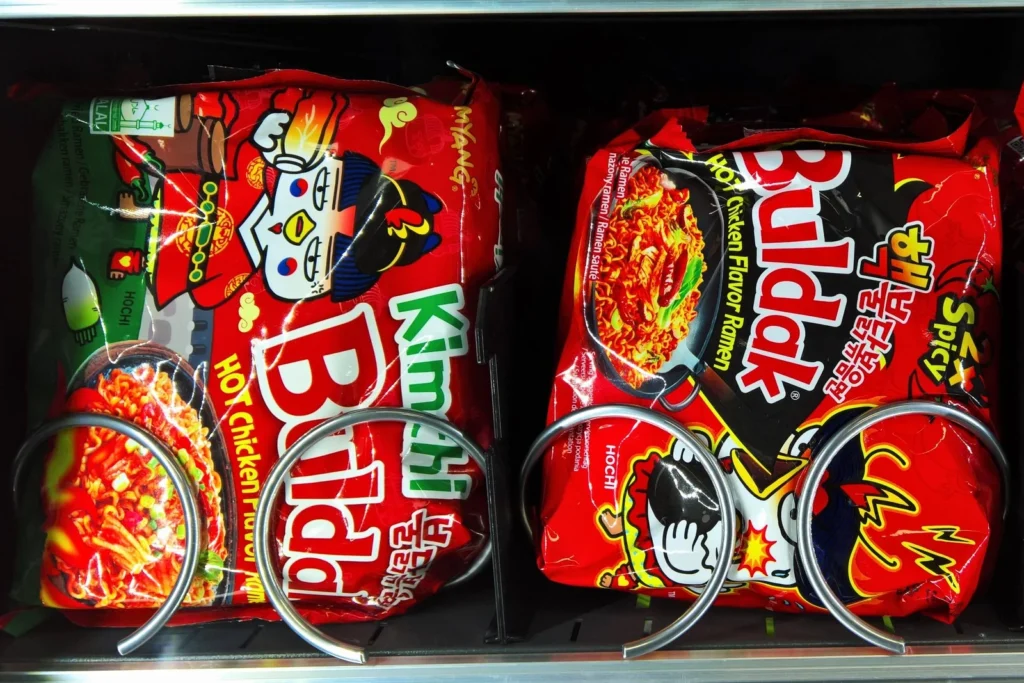
Instant noodles, long considered a quick and cheap meal option, are losing their grip on pantry staples. As diets become more focused on whole foods and balanced nutrition, the highly processed nature of instant noodles is falling out of favor. Many consumers are now opting for fresh, refrigerated noodle options or healthier instant alternatives made with whole grains and added protein.
Concerns about the high sodium and chemical content in traditional instant noodles have also contributed to their decline. With brands failing to address these health concerns effectively, it’s likely that instant noodles will fade into obscurity by the end of 2025.
15. Shelf-Stable Coffee Creamers
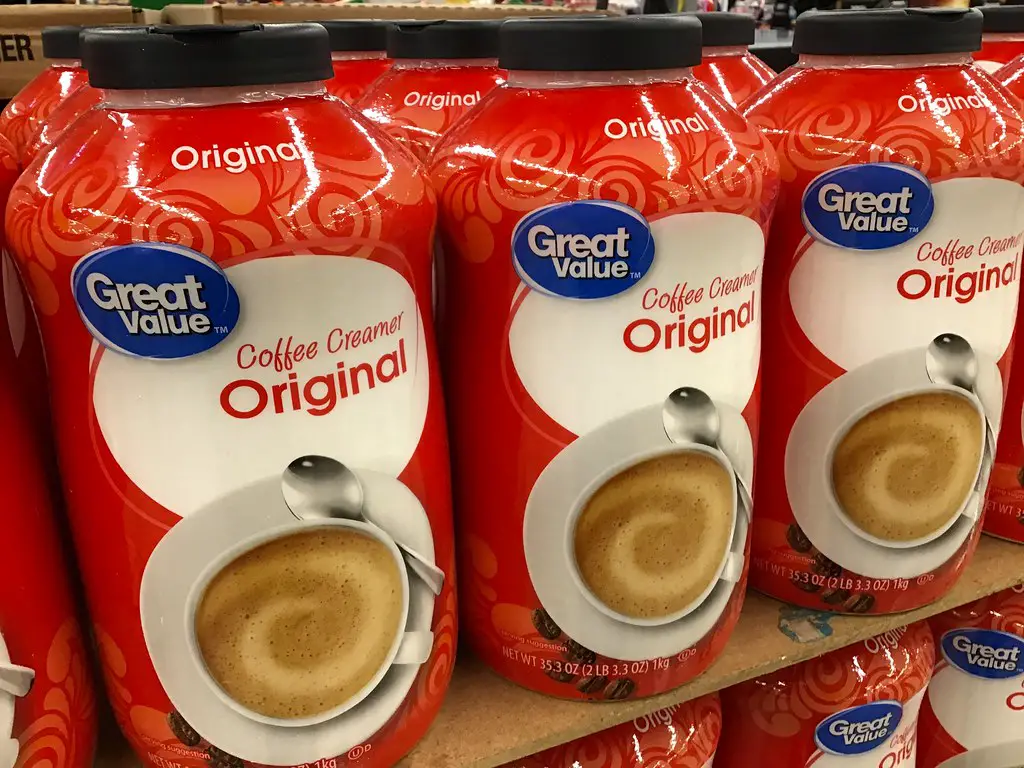
Shelf-stable coffee creamers are another item being phased out as people prioritize fresh, natural ingredients. These creamers often contain hydrogenated oils, artificial flavors, and preservatives, which conflict with the current demand for clean labels. Oat milk, almond milk, and other plant-based alternatives are overtaking the market, offering healthier and more eco-conscious options.
Specialty coffee enthusiasts are also leaning toward adding fresh cream or frothy plant-based milks to their beverages. The rise of single-serve, refrigerated coffee creamers has further eroded the market share of shelf-stable options, signaling their potential disappearance.
